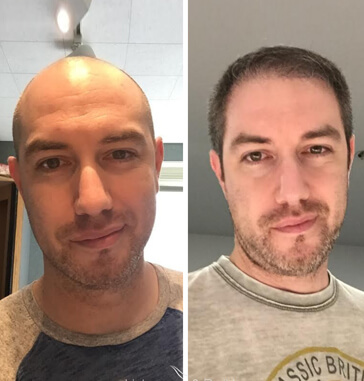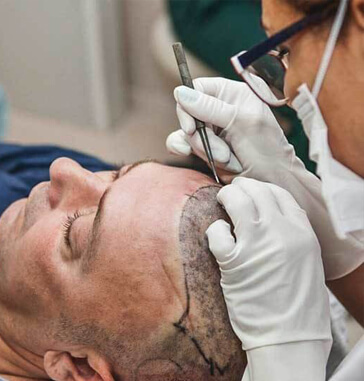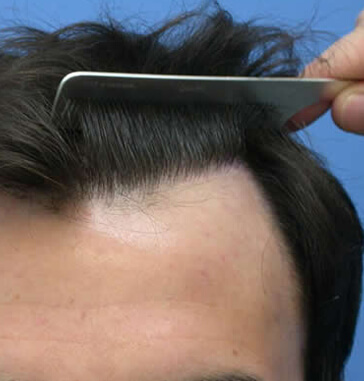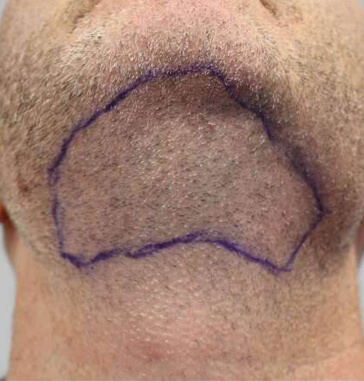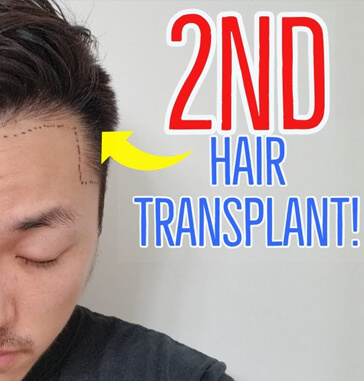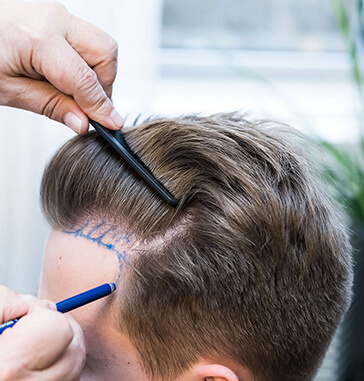What Is Alopecia Areata?
Alopecia areate is an autoimmune disease that affects hair follicles and causes small or big bald patches all over the scalp. If the patches are small you may not even notice it; however, if they are big org et together you will eventually notice it. Alopecia areata may also affect other hairy areas all over your body such as eyelashes and beard.
In severe cases, the alopecia area may progress to alopecia universalis, resulting in complete hair loss that is almost irreversible. Even if it grows back, it will probably shed again. Although there is no complete cure for this type of hair loss, there are treatment options both medical and natural you can help regrow your hair. However, you should keep in mind that if it is triggered by factors such as stress, your hair can start to fall out again.
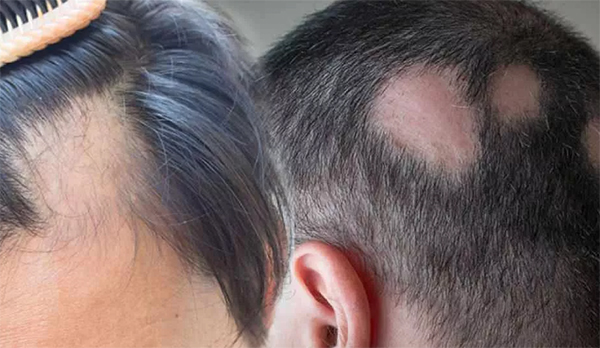
Medications To Get Rid Of Alopecia Areata
Although there is no cure for alopecia areata and it may come back after many treatments you can keep its effects on your hair under control. Some treatments are effective for some people and others for other people. You should find the best treatment tailored for yourself. However here are the most effective medical treatments for alopecia areata:
Local Steroids:Local steroids can be given in injections or they can be topical creams and lotions. Steroids are used for the treatment of various diseases, including mild alopecia areata. Your doctor will give you cortisone that is a hormone produced by the adrenal glands.
Minoxidil:Minoxidil can be is a topical hair loss treatment that helps stimulate hair growth; however it will not stop your hair from shedding. It is a very safe treatment but you will have to wait several months to see the first effects of this medication. Minoxidil has such side effects as irritation, redness in the area of application, eczema, pain in the chest, and worsening of hair loss.
Anthralin:It is a type of topical treatment used to reduce inflammation in the hair follicles. In some cases, creams containing anthralin are also used in psoriasis, which is a skin condition. It is generally a well-tolerated medication with mild side effects such as redness or irritation of the scalp.
Topical Immunotherapy:In topical immunotherapy, a chemical is applied to your skin to cause an allergic response. This allergic response may stimulate new hair growth; however, you will have to wait several months for it to work also you need to repeat the treatment for continuous hair growth.
How To Get Rid Of Alopecia Areata Naturally?
Because there is not a single option to work for everyone, you can give the natural treatment or combine them with medical treatments.Here are the natural treatment options for alopecia areata:
- Onion or garlic can help promote hair growth in the areas affected by this disease. A few small studies are proving their effectiveness. Also, anecdotal evidence shows that it is an effective natural treatment for hair loss.
- Essential oils such as thyme, lavender, and rosemary may stimulate hair growth. All you need to do is give your scalp an aromatherapy massage with these essential oils. These essential oils are used in traditional hair loss treatment.
- Acupuncture can also help; however, studies showing its effectiveness on alopecia areata are limited.
- Stress management. Stress is a major factor that triggers hair loss due to alopecia areata. If you can manage stress or learn how to resist stressful situations, you can prevent its negative effects on your scalp.
- Low-level laser therapy, minerals like zinc and iron, other oils like coconut and jojoba, microneedling, and autoimmune protocol ( anti-inflammatory diet ) may also help.

